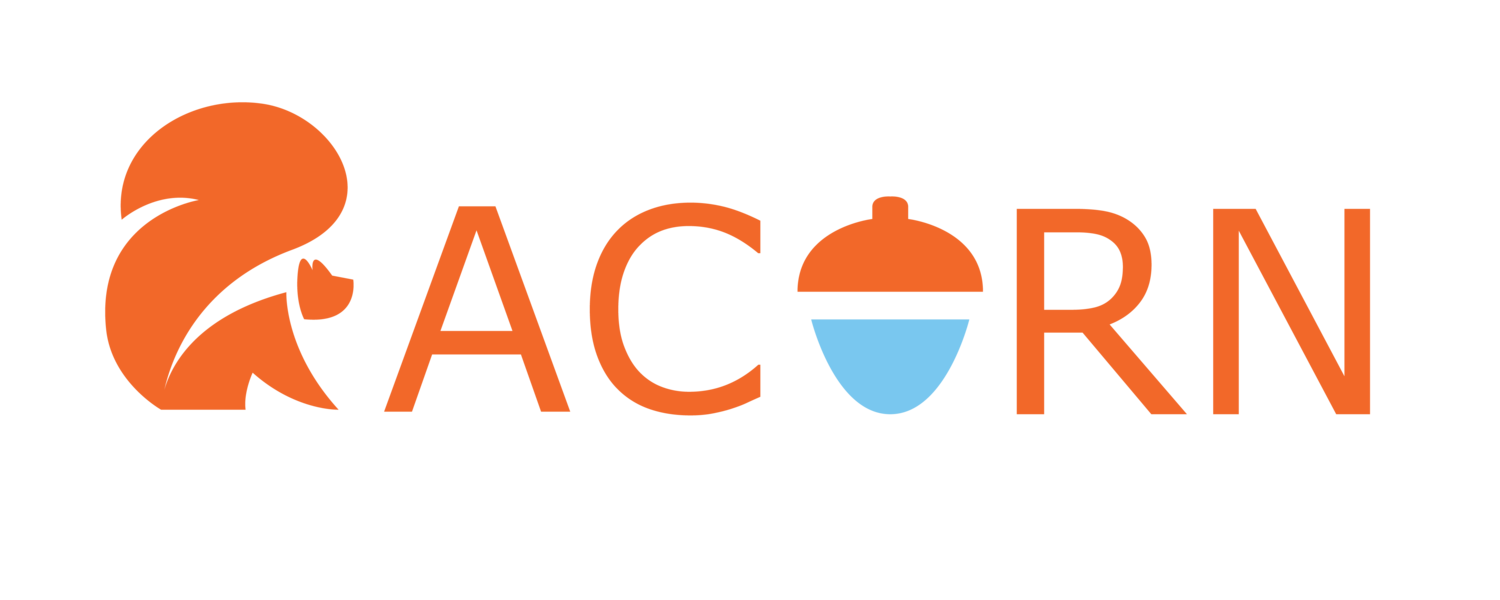The Game Developers Conference (GDC) published its industry report in 2024. Based on their interviews with over 3000 people, the report offers great insights for game developers including guidance for indie game social media strategy. This blog will summarize all the information into five key takeaways for you.
Platforms Used For Game Projects
As you might expect, and as explained by the data shown by Pinglestudio, PC is still the most popular platform worldwide. It’s of course the easiest option for development, and has the highest percentage on the GDC report as developers’ preferred platform for their current (66%) and upcoming (57%) projects this year. For consoles, 35% favor PlayStation 5 and 34% for Xbox Series X/S. Mobile game popularity is also declining by 16% this year compared to 2023, which is surprising since many emerging markets play only on mobile – the market trend isn’t as positive as the rest. The reason for this may be because of the hardware limitations as well as more microtransactions and more ads compared to other platforms. In a recent study on the African games market, free to play games whether with ads or otherwise were still the most popular breakdown for mobile games.
Preferred Business Model For Monetization
With the recent rise during covid of the subscription-based business model in gaming, 51% of the developers expressed a preference for paid digital downloads over their subscription counterparts on current projects. The preferred hierarchy includes free-to-download content, DLC/Updates, physical game copies, and premium purchasable in-game items. Some developers, especially AAA studios, have continued to choose the subscription-based model as it guarantees long-term income, but consumers don’t feel the same. This data reflects the desire to own in-game content without the necessity of a subscription, catering to players who value ownership by purchasing their desired items or content upfront.
Twitter/X Frustration Among Developers
Using social media and word of mouth sits at the very top of game developers’ list (86%) as the preferred way to promote their current or upcoming projects, followed by real-time communication on Discord or Slack (74%), streamers (71%), and offline events (71%). Half the respondents said they frequently use social media for marketing, and Twitter/X remains the most popular platform. However, GDC says respondents aren't happy with the state of X; many expressed negative views about Twitter and Elon Musk, as our previous blog about social media strategies mentioned. Acorn has also certainly seen less uptake on social media as a primary driver in recent months, with return on spend best suited to digital events packages and influencer activations - supported by a robust social media campaign. If you’d like to learn more about how a strategy such as this could help promote your indie game, please take a look at how we work.
WFH vs WFO
Because of the pandemic, many worldwide studios have shifted to remote work. As with Acorn, our team is located all around the globe, so we have online calls with the team and our clients. According to the survey, developers who work in AAA studios are currently the most impacted by the RTO policy (40%) compared to developers in indie studios (5%). GDC, along with Omdia, reports that employees who work remotely have higher satisfaction levels compared to employees who work from the office.
Demographics and Gender Representation
According to the survey, men still comprise over two-thirds of game developers, while 23% of developers surveyed are women and 5% are non-binary. As for the countries of residence, 62% of the respondents are from North America, followed by 26% from Europe. GDC is also based in North America, so responses should be considered from a Western perspective. Considering these demographics, there may be an opportunity to diversify your studio by welcoming more women and non-binary individuals as we progress into 2024.

